Display to header level
Wildlife management is more than just addressing species whose populations have reached pest proportions. In addition to improving the health of natural plant communities to the benefit of many species, land managers can encourage wildlife species to use the property by supplying components of their habitat requirements.
Wildlife management is more than just addressing species whose populations have reached pest proportions. In addition to improving the health of natural plant communities to the benefit of many species, land managers can encourage wildlife species to use the property by supplying components of their habitat requirements. Below are examples of improvements that can be effective in Pennsylvania.
Many birds use natural cavities in trees as nest sites. Nesting boxes provide a suitable alternative that can attract particular bird species to a property. The box should be constructed to fit the size of the bird and be located in the appropriate plant community and at the proper height and orientation to the sun and prevailing winds. Species that commonly use nesting boxes in the region include eastern bluebird, wood duck, purple martin, Carolina wren, house wren, northern flicker, red-bellied woodpecker, screech owl, barn owl, American kestrel, tree swallow, and barn swallow. The Pennsylvania Audubon Society, Pennsylvania Game Commission, and Pennsylvania DCNR Bureau of Forestry provide plans for constructing and locating nesting boxes for each species.

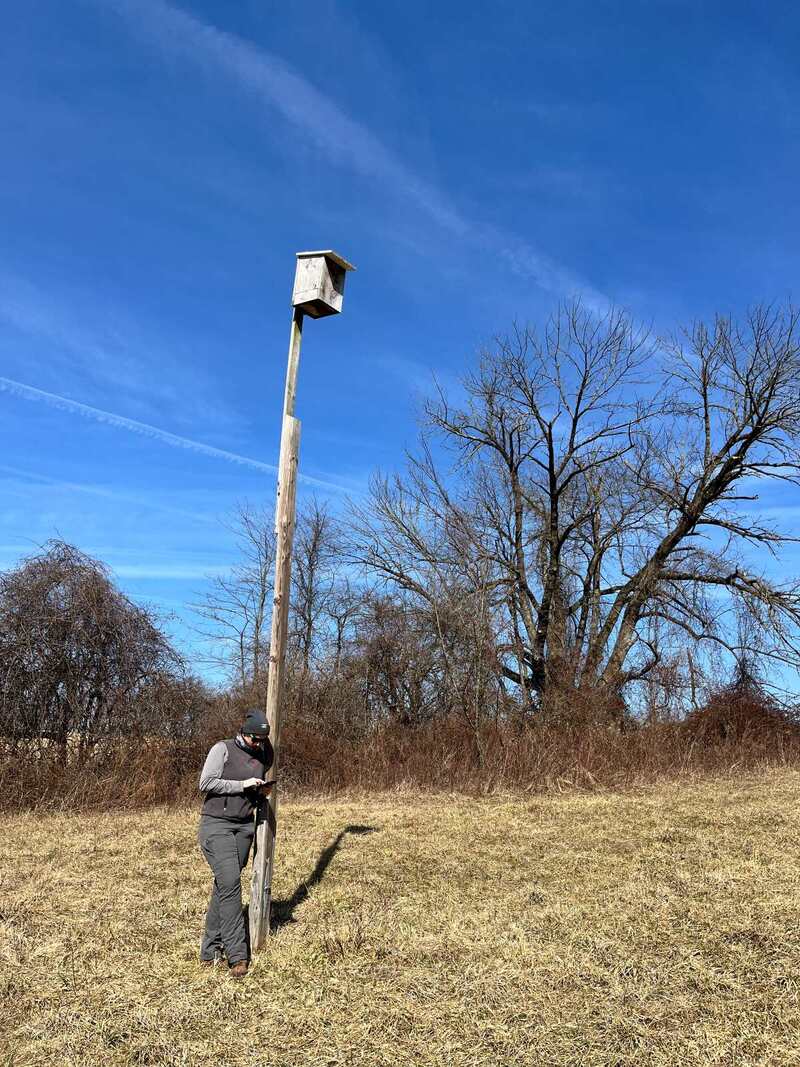
Vernal pools, also known as seasonal ponds, are areas that hold water for just a part of each year, providing valuable habitat for amphibians, aquatic insects, and migratory waterfowl. They are uncommon in the region due to past draining for agriculture and development. Often they can be recreated through relatively minor earthmoving (by hand or machine) or the destruction of existing drainage tiles in agricultural fields. The USDA Natural Resource Conservation Service and the Pennsylvania Game Commission provide information on creating and enhancing seasonal ponds.
Vernal pools can be protected by enacting a 300-foot no-disturbance buffer around the pool. Trails and the use of heavy equipment should be avoided in the 300 feet surrounding the pool. Earthmoving (other than to create vernal pools or other carefully planned restoration project) should be avoided in this area as well to prevent changing micrography that could unintentionally drain the vernal pool. Protecting the areas around vernal pools also protects upland habitat for amphibians that rely on vernal pools for breeding.
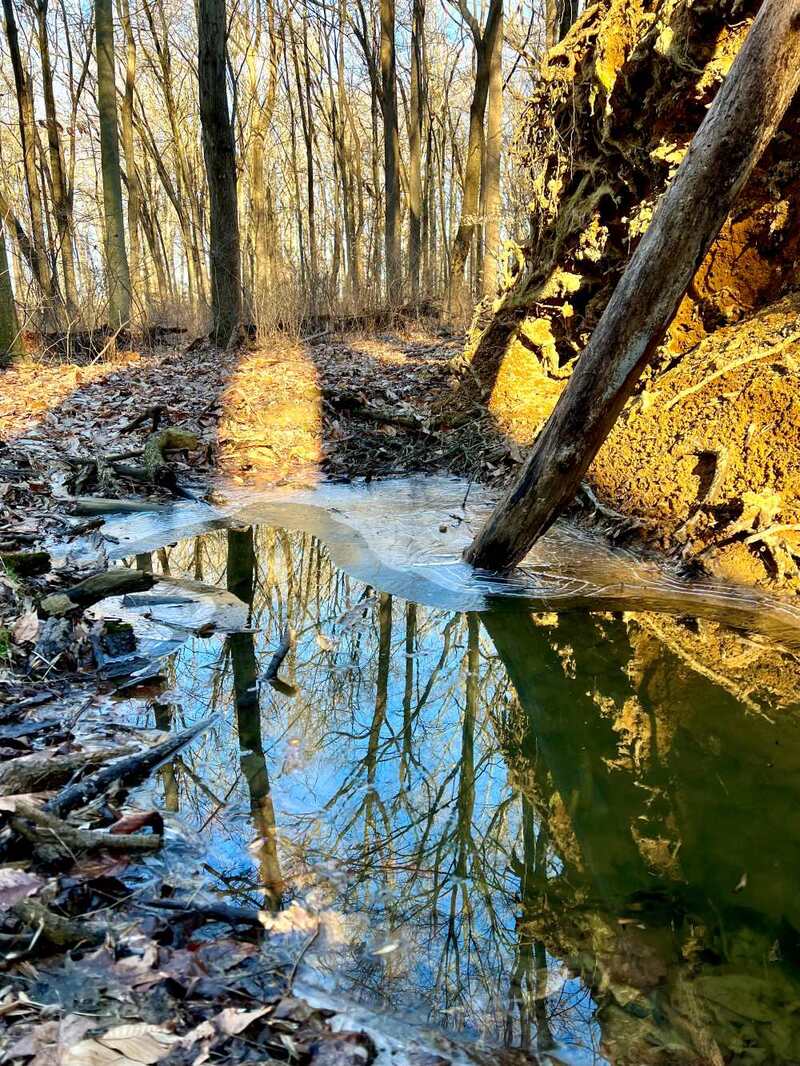
Brush piles are piles of woody debris, most commonly the branches of trees and large shrubs, that are assembled to provide resting and escape cover, nesting sites, and den sites for wildlife. Brush piles provide the greatest benefit if they are located in places, such as forest openings or edges, where cover at ground level is lacking. Species that benefit from brush piles include cottontail rabbit, gray squirrel, chipmunk, skunk, raccoon, fox, and many bird species, along with some amphibians and reptiles.
To create a brush pile, first build a base by placing four large logs, set 1 foot apart and parallel to each other, and then place four more logs of the same size, stacked perpendicular to the first logs. Add brush to the top and sides, starting with the larger limbs first, then adding smaller pieces until the pile is about 6 feet high and 6 feet wide. Gaps should be left to allow wildlife to shelter within the debris pile. Do not compact the debris.
Snags are dead, standing trees. They provide foraging sites for wildlife, as well as perching and nesting cavities for birds. As such, snags should be left in place where they are not hazards. In some cases where a snag does pose a safety risk to users of a nearby trail, removing limbs or the entire top will make it safe while leaving the trunk intact. More information on snags can be found in the Forest Management chapter.
Native plants—those that have evolved over thousands to millions of years in a region—are critically important for ecosystem health and the health of wildlife, supporting the full food web from insects to larger animals. According to research led by University of Delaware professor Doug Tallamy, introduced plants are poor hosts for native insects, including butterflies. Replacing introduced plants with natives can increase the diversity and abundance of insect species, even of generalist insect species that do not rely on a limited number of plant species (Tallamy et al. 2010). Studies have shown that 90% of insect herbivores can reproduce successfully only on plants with which they have an evolutionary history (Burghardt et al. 2008). Therefore, replacing introduced plant species with natives provides better habitat for insects to feed and reproduce. Insects then support other wildlife higher in the food web, including birds, mammals, reptiles, and amphibians. Approximately 96% of terrestrial birds raise their young in part or entirely on insects in North America (Burghardt et al. 2008).
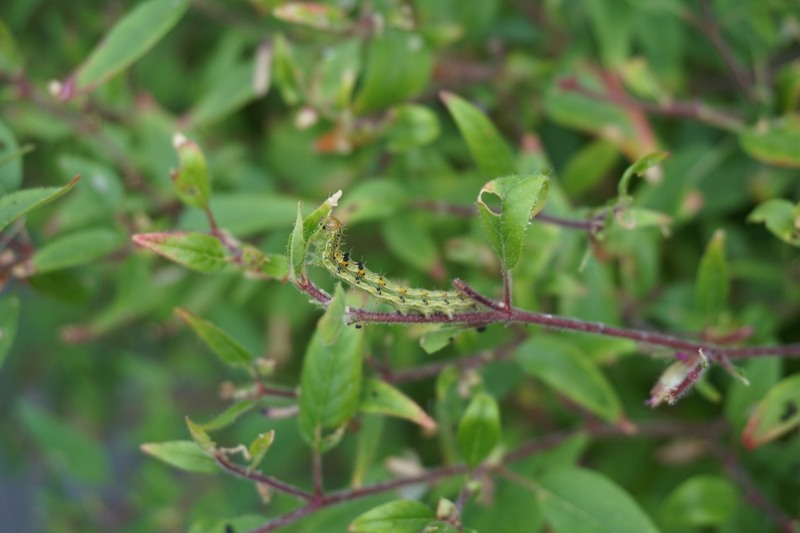
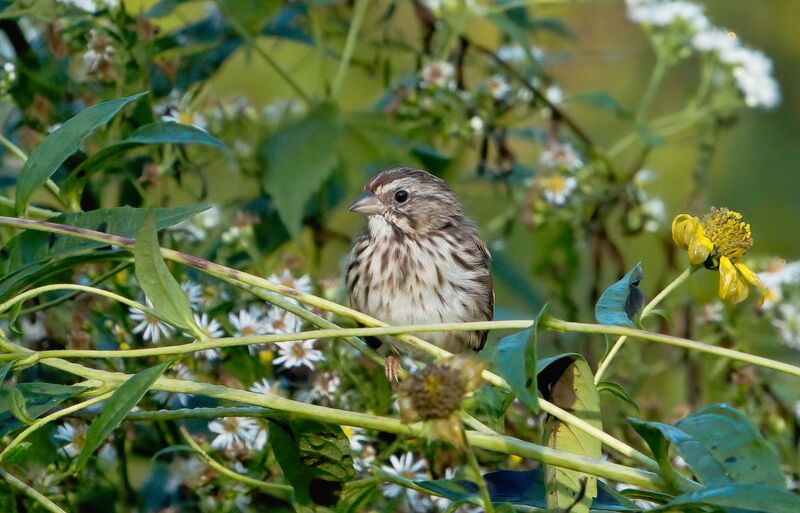
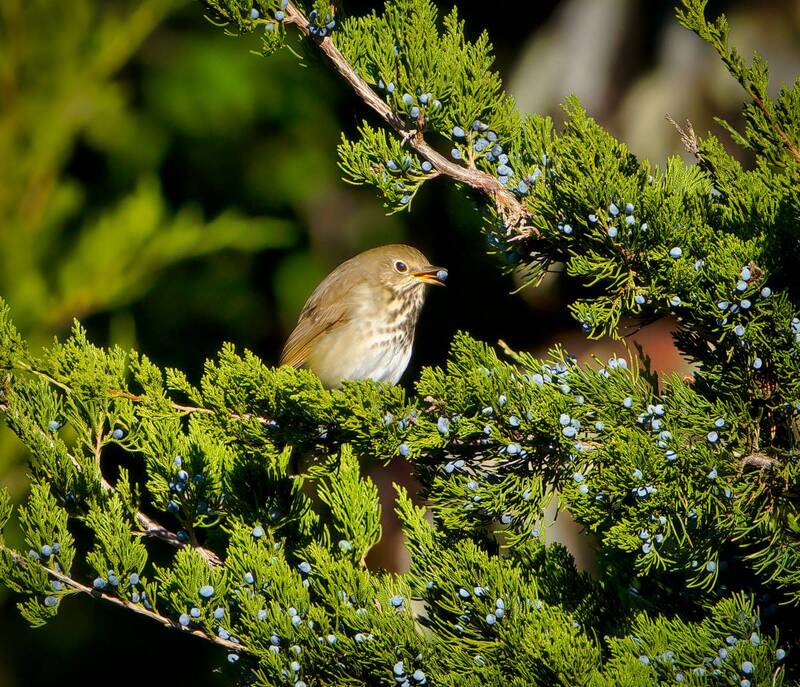
Beyond the importance of plants being native, it is vital to have a high diversity of native plants in each of the structural layers of a community. Wildlife will utilize different niches within these structural layers, so ensuring that all layers appropriate for a cover type and age are present best supports wildlife. For instance, forests should have native herbaceous plants, shrubs, vines, understory trees, and canopy trees. Grasslands and meadows have one main structural layer—herbaceous plants—but herbaceous plants can differ in height and grasslands and meadows may also have some scattered shrubs, particularly around the edges. In all ecological communities, the higher the plant species diversity, the more likely it is that the community will provide food and various options for shelter at different times of year and for different life stages (e.g., larvae, pupae, adults, and eggs). Thus, high plant species diversity supports a broad range of wildlife species. Land managers can focus on replacing invasive plants and filling gaps in structural layers with native plants to improve structural diversity and increase the abundance and diversity of natives. Landscaping in more intensively used areas should also utilize native plants (more information is included below under Habitat in Yards and Urban Environments).
Across a landscape, having a diversity of vegetation cover, such as a mix of patches of meadow, shrubland, and forest, can increase the variety of habitat available for wildlife. However, the advantages of patch diversity should be balanced against the advantages of creating or protecting large tracts of interior forest and interior grassland or meadow habitat for interior species of wildlife, many of which have declined and are species of conservation concern. A mix of vegetation cover can be a goal within a single property if it is of sufficient size. For small properties, land managers can consider the larger landscape beyond their boundaries to see if there are opportunities to leverage the combined resources to enhance wildlife habitat value across the larger area, either by increasing patch diversity or by expanding interior habitat.
While this discussion revolves around native plants, it is also important to distinguish between invasive and introduced plants. All invasive plants are introduced, meaning they have been brought accidentally or deliberately from other continents or faraway regions after European settlement, but not all introduced plants are invasive. Nearly 1,000 introduced plant species have been found in the wild in Pennsylvania, of which less than 100 are considered invasive. Many exist here without becoming aggressive and outcompeting native plants. Some can survive in tough urban environments that may be challenging for our native plants. However, it is important to keep in mind that introduced plant species, even those that are not invasive, still do not provide the same quality of resources to our insects and other wildlife as natives.
Another important distinction is between herbaceous annual and perennial plants. Annual plants survive for just for one year. They may reseed, potentially into different areas. In contrast, perennial plants return in the roughly the same location year after year, minimizing the need to replant each year. These may spread by seed or off shoots. There are also biennial plants which will grow for two years before dying off. Similar to annuals, biennials may also reseed. Most native plants are perennials, with some natives being biennials or annuals. Native annual and biennial plants can be effectively utilized as long as the land manager accepts that the plants will wax and wane over time as well as move around within an area. Perennials on the other hand will more reliably stay in place, though they can expand over time or spread through seedlings or suckers.
Lawns are nearly lifeless deserts for insects and other wildlife. The monocultures of regularly mown non-native grasses lack food and shelter for most animals except introduced invasive earthworms. Adding native plants to landscapes and reducing the area of lawn supports native insects and other wildlife. Native plantings can be used in formal landscape beds, conforming to traditional aesthetics, or they can be used to naturalize lawns by creating meadows or small forest areas. Regardless of the approach taken, homeowners can follow a few guidelines to effectively reduce lawn space and support wildlife.
When choosing plants, multiple factors should be considered. First, soil conditions—whether dry, moist, or wet—and sun conditions—shade, part shade, part sun, or sun—should be assessed to choose the best plants to thrive in those locations. Homeowners can observe throughout the course of a day which areas receive more or less sun. They can also observe their soil moisture levels throughout the year, particularly spring through fall, to determine soil conditions, for instance, the first areas to dry out during a dry spell and the areas that are inundated during storms.
Secondly, the habit and spread of plants should be considered. This includes how far and quickly plants spread, how tall and wide they grow, and if they are clumping, form dense mats, or are more dispersed. Plants can be grouped together and arranged based on how they spread to fill an area while layering plant heights from the front to the back of a planted area for better aesthetics. Well-informed spacing will help avoid overplanting and some plants outcompeting others.
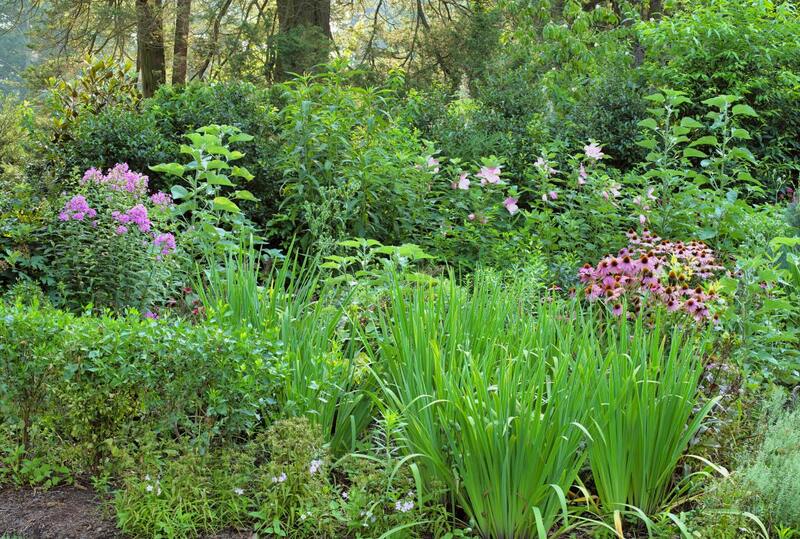
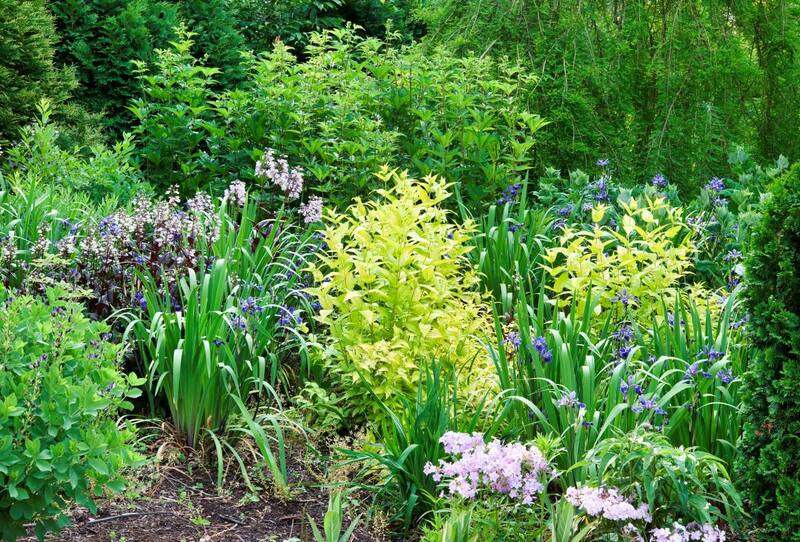
Additionally, anyone installing plants should consider the local populations of deer, woodchucks, and rabbits, which will browse or graze many, but not all, species of native plants. There are many native species that are typically not eaten by large herbivores, but ascertaining which ones deter overbrowsing may still require trial and error to know what works in your area. Deer feeding preferences, in particular, vary widely from place to place.
Maximizing the benefits of native plants in former lawn areas also includes planting species that flower at different times of the year, both for aesthetic appeal and for supporting pollinators throughout the year. Homeowners and other land managers can also contribute to visual interest and food supply for wildlife through the winter by adding plants that will provide seeds and fruits after the fall and provide interesting fall and winter color and foliage.
If plants are chosen taking into account the factors described above, maintenance needs should be minimized. Native plants are adapted to the climate and do not require irrigation or fertilizer; in fact, fertilizer should be strictly avoided as it favors the growth of invasive plants and pollutes streams and other waterbodies via stormwater runoff. Additionally, choosing shrubs and trees of the right size will reduce, or eliminate altogether, the need for pruning. Planting in the fall instead of spring reduces or eliminates the need for watering new plants during their first growing season and increases their survival rate. The time and resources saved by reducing or eliminating ongoing maintenance tasks like watering, fertilizing, pruning, and regularly replanting annuals can be devoted to larger-scale management practices like controlling invasives, after a planting is established. Plants may require more maintenance while becoming established, such as watering new plants if there is a drought during their first growing season or rearranging plants based on their success, spread, or competition with other nearby plants. After a couple of growing seasons, such maintenance needs should be minimal to unnecessary.
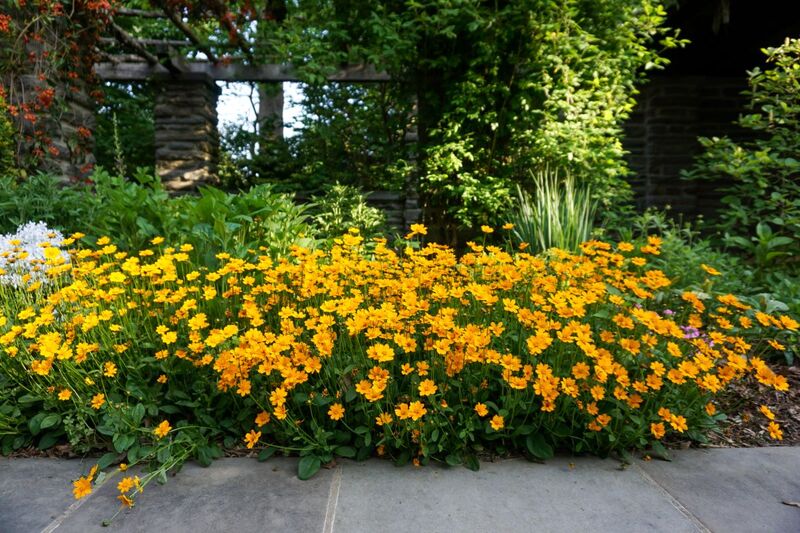
Management of areas converted from lawn to meadow or naturalized garden space may include:
Some people may view native plantings such as meadows as messy or unmanaged, particularly in areas that have traditionally been lawns. Homeowners can implement “cues to care” to indicate that an area of native plants is intentional and, in fact, cared for. Cues to care can include:
Many organizations promote native plantings in residential areas through wildlife habitat certification programs. These programs highlight that the plantings are providing benefits to wildlife and are ecologically beneficial, often through signs that landowners can post at their garden. Each organization has their own requirements for certification. Other organizations offer signage for donors to help showcase the importance of their backyard habitats without any requirements for what should be included in the habitat. Some organization charge fees for certification and/or signage. These certification programs can also be great guides for what to plant to support birds, pollinators, and monarch butterflies. Examples of such programs include:
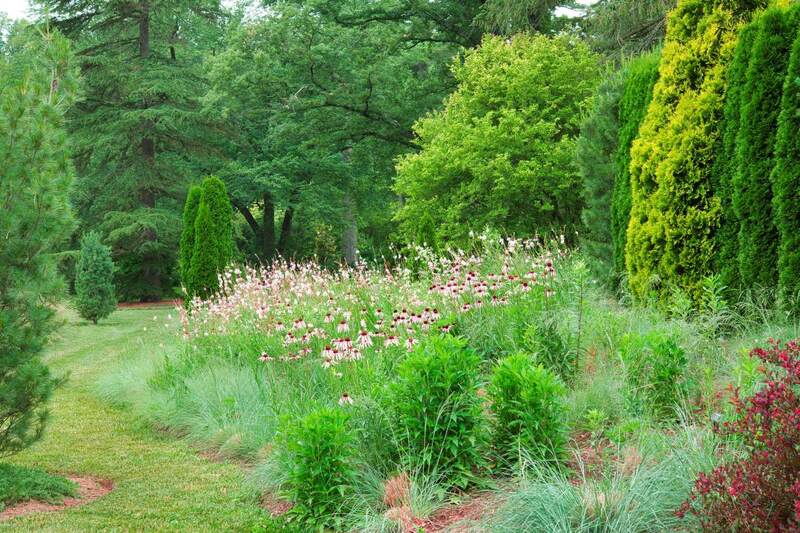

Anyone converting lawns to native plants should be aware of their local ordinances and, if applicable, homeowners association (HOA) codes. Municipalities and HOAs may have ordinances or codes against tall grasses or weeds to keep a uniform and tidy look. However, these ordinances may also prohibit converting yards to native plants, particularly to meadows, as these landscapes may not conform to the standards for mowing and plant height.
There is a movement occurring to change these codes to allow for native plants and more natural plantings. Organizations like Audubon have resources available to help municipalities update their ordinances to better support and allow native plants in landscaped areas. In the process of revising an ordinance, it is important to still discourage or disallow introduced invasive plants.
Native plants in urban environments can provide ecosystem services such as air filtration, stormwater management, and habitat for small animals and native insects such as pollinators, even if the native plantings are at a smaller scale compared to less developed areas. Land managers should support native plants where they currently exist. This will likely require controlling stressors like invasive plants (see Invasive Plants chapter). Other possible management options include preventing conversion of areas with native plants to other uses and managing trash.
Another strategy for supporting wildlife in urban areas is to add additional native plants where possible. The Lawn to Habitat section above applies to urban lawns. Other options for plantings in urban areas include container gardens, street trees, and green stormwater infrastructure like rooftop gardens, stormwater planters, and green gutters (narrow, shallow landscaped strips along a street’s curb line designed to direct runoff from the street and sidewalk into the stormwater system). Adding in native plants wherever possible, including in small spaces, can create an aggregate effect across an urban area to support wildlife.
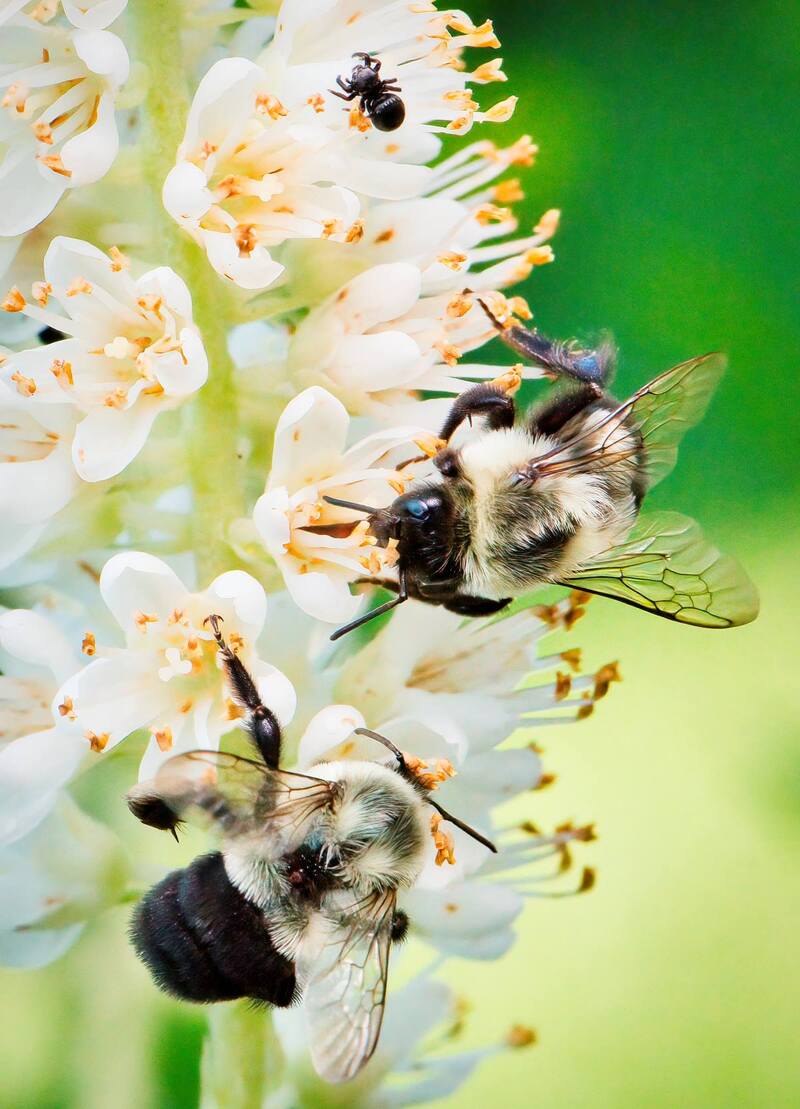
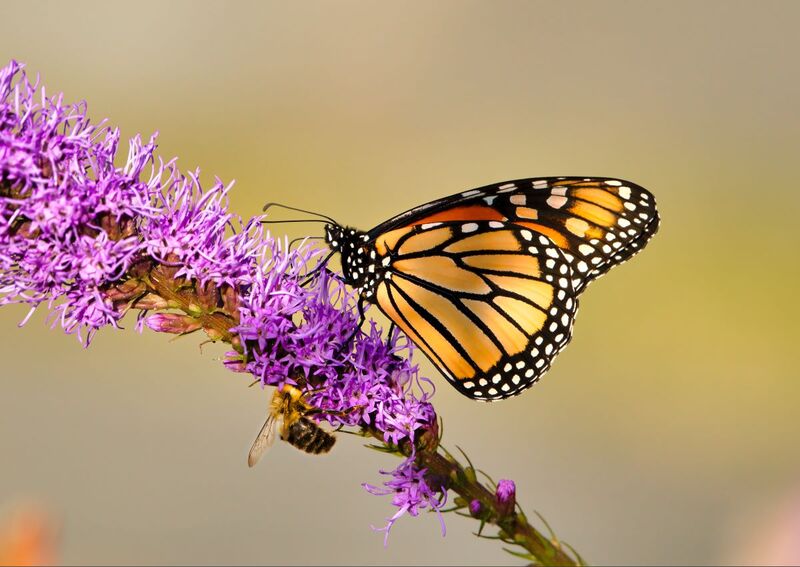
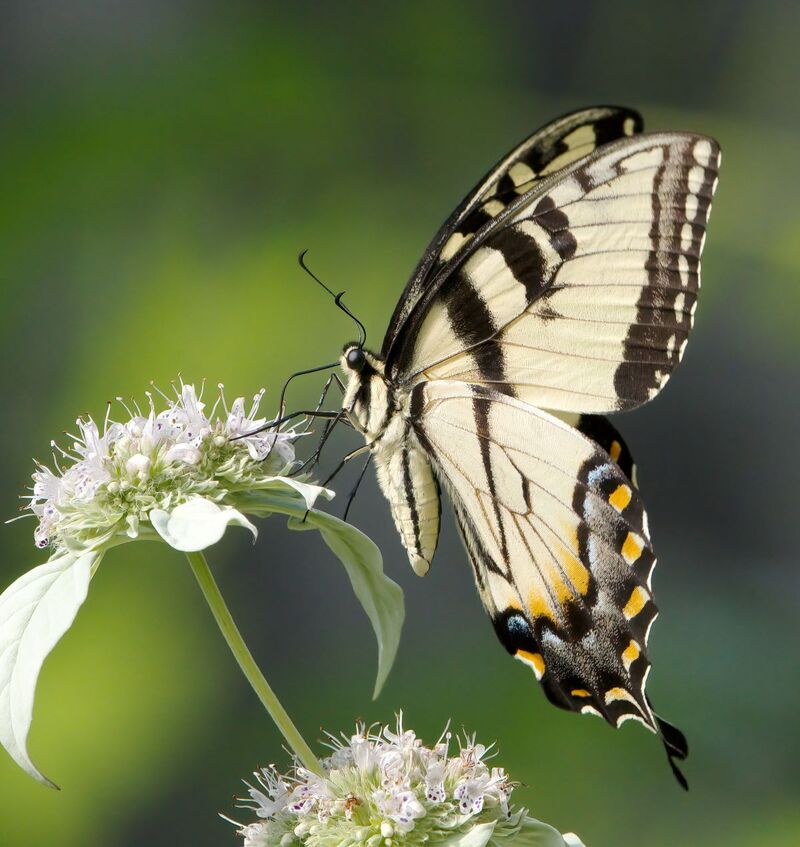
Municipalities and community groups like Registered Community Associations (RCAs) that are responsible for managing public land within urban areas have additional opportunities to introduce native plants. Road medians and strips along highways in particular present opportunities for native plantings. Species chosen should be resilient to tougher conditions, including full sun and road salt. They should also require minimal maintenance and be sized properly for the area. Public outreach can assuage concerns about the transition to native plants and let the community know that the plantings are intentional. Showy, attractive plants can also improve public sentiment. Street trees are another way to introduce native plants. Trees should be salt tolerant and short enough to stop growing before they reach overhead wires, if present. Trees with small leaves can also be a good choice as the leaf litter decays and disperses more quickly.
Designed plant communities (DPC), or matrix planting, is a design approach specifically for urban areas. It can be used at multiple scales from small backyards to many acres. This approach allows for mixing native plants and introduced but noninvasive plants as needed to address site conditions. The High Line in New York City and the Rail Park in Philadelphia are examples of matrix planting. The five key principles of DPCs can be found in Thomas Rainer and Claudia West’s book, Planting in a Post-Wild World: Designing Plant Communities for a Resilient Landscape:
Suggestions for native plants to use in urban settings can be find in the Native Plants and Their Care section. More information on urban forests can be found in the Forest Management chapter.
If a link is broken, try searching on the keyword string preceding the link.
Burghardt, K.T., D.W. Tallamy, and W.G. Shriver. 2008. Impact of native plants on bird and butterfly diversity in suburban landscapes. Conservation Biology 23: 219-224. doi.org/10.1111/j.1523-1739.2008.01076.x (conbio.onlinelibrary.wiley.com/doi/full/10.1111/j.1523-1739.2008.01076.x, as of 2024)
Tallamy, D.W., M. Ballard, and V. D’Amico. 2010. Can alien plants support generalist insect herbivores? Biological Invasions 12:2285-2292. doi.org/10.1007/s10530-009-9639-5
Webpages
Audubon Mid-Atlantic Empowering Local Communities: Advocating for Proclamations, Resolutions, and Ordinances (information on native plant ordinances) (pa.audubon.org/conservation/empowering-local-communities, as of 2024)
Homegrown National Parks Doug Tallamy (homegrownnationalpark.org, as of 2024)
Pennsylvania Horticultural Society (phsonline.org, as of 2024)
Philadelphia Water Department, Green Stormwater Tools (water.phila.gov/gsi/tools, as of 2024)
Books
Bringing Nature Home, Doug Tallamy
Garden Revolution: How Our Landscapes Can Be a Source of Environmental Change, Larry Weaner and Thomas Christopher
The Living Landscape: Designing for Beauty and Biodiversity in the Home Garden, Rick Darke and Doug Tallamy
The Nature of Oaks: The Rich Ecology of Our Most Essential Native Trees, Doug Tallamy
Planting in a Post-Wild World: Designing Plant Communities for a Resilient Landscape, Thomas Rainer and Claudia West